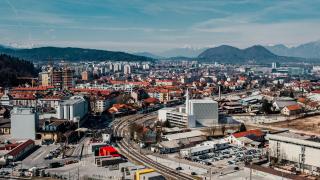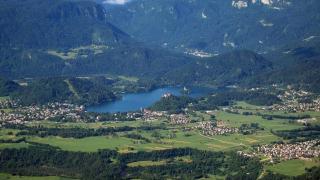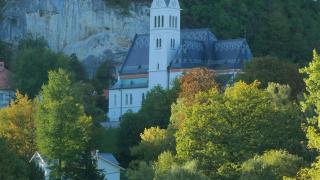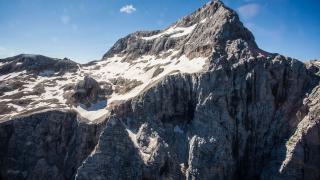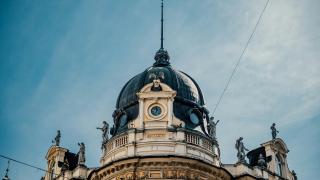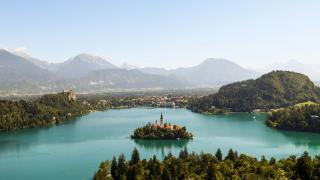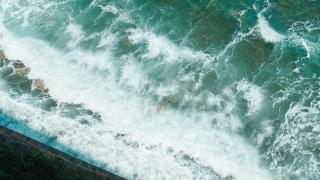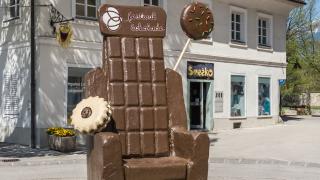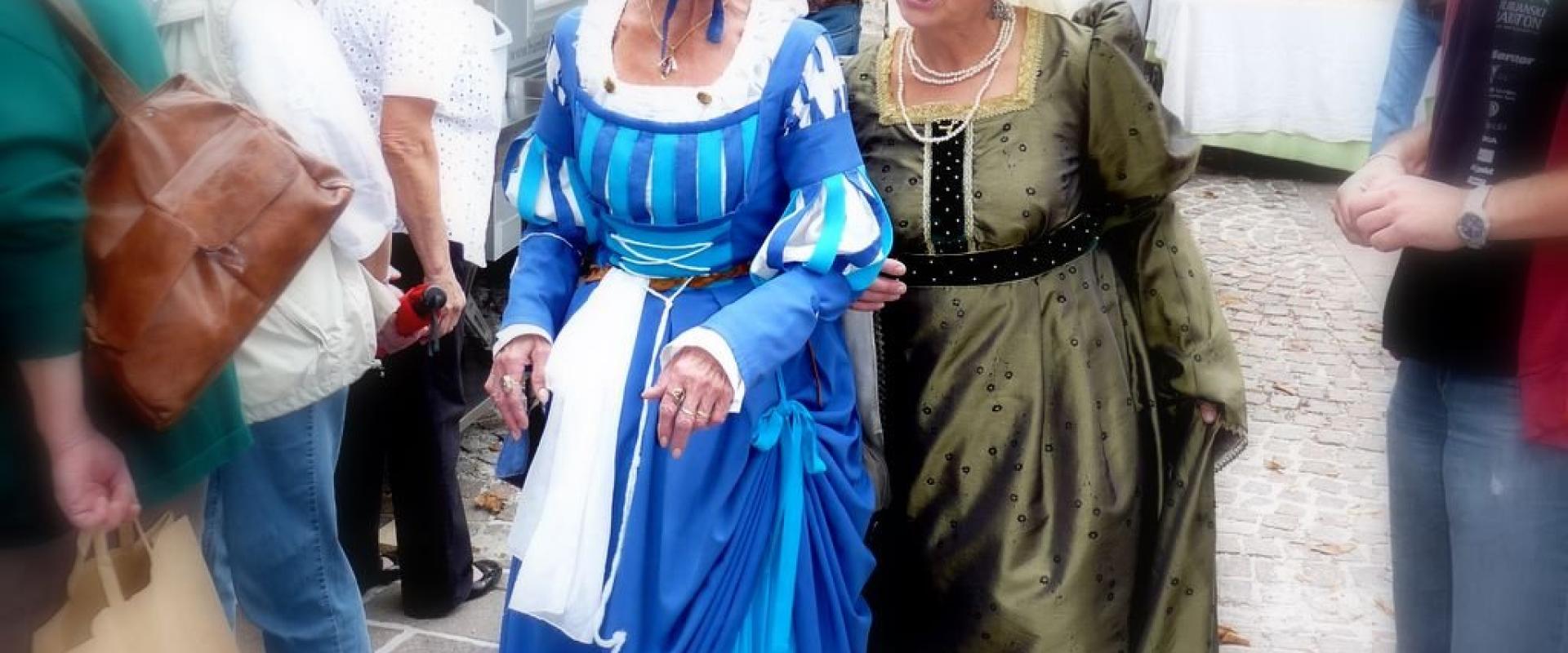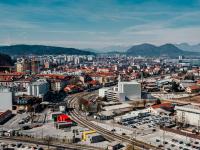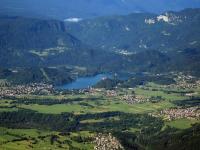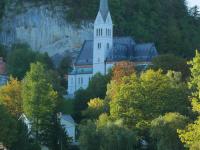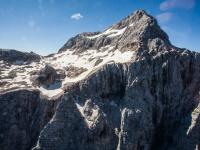Folklore Roots in Slovenian Life
Folklore in Slovenia is a living tradition. Local legends, such as the story of King Matjaž, are retold in homes and schools. Geography shapes these tales. The Julian Alps, Triglav, and Lake Bled appear in many stories. Villages in Gorenjska and Koroška host annual folklore evenings. These events often cost €5–€10 per person and last two hours. Folk music and costumes are worn at festivals like the International Folklore Festival in Bled. This festival takes place each July by Lake Bled, lasting four days. Travelers see performers in traditional dress, such as the narodna noša. Local crafts, like painted beehive panels (panjske končnice), reflect folk motifs. Folklore is tied to national pride. Slovenians celebrate Kurentovanje in Ptuj, where Kurenti wear sheepskin and bells to chase away winter. Folklore is present in everyday life. Street names, public art, and even restaurant menus reference folk stories. Visitors encounter folklore in rural inns, mountain huts, and city squares.
Legends of Lakes and Mountains
Slovenian folklore centers on its dramatic landscapes. Lake Bled’s island is linked to the legend of the Sunken Bell. Locals say the bell rings from underwater on quiet nights. The Bled International Folklore Festival takes place each July, with tickets from €10. Triglav, Slovenia’s highest peak, is home to Zlatorog, the golden-horned chamois. Zlatorog’s story is depicted in paintings at mountain huts and on local craft souvenirs. The Soča Valley is known for the Water Man (Vodni mož), a mythical river spirit. Statues of the Water Man can be seen in Kobarid and Tolmin. The Kurent, a shaggy costumed figure, appears in Ptuj’s spring festivals but is also featured in mountain village parades. Guided folklore walks around Lake Bled and Triglav National Park cost about €15–€25 per person and last 2–3 hours. Look for Zlatorog motifs on beer labels, jewelry, and hotel signs. Local artists carve wooden bells and paint scenes from these legends. In the Soča Valley, ask about the Water Man at tourist offices for trail maps with folklore stops. Many mountain lodges display murals of legendary creatures. Folklore references are common in souvenir shops, especially near lakes and alpine towns.
Festivals and Folklore in Action
Slovenian folklore comes alive at local festivals. The International Folklore Festival Bled takes place every July beside Lake Bled. It features folk groups from Slovenia and abroad. Visitors see traditional costumes, listen to polka and accordion music, and watch group dances like the "štajeriš." The main parade circles Bled’s promenade. Evening performances are held in the Festival Hall. Tickets for main events cost €10–€15. The festival lasts four days. Book accommodation early—family-run guesthouses fill up by February.
Kurentovanje in Ptuj is Slovenia’s most famous carnival. It starts in late February and lasts ten days. The highlight is the Kurent parade. Kurenti wear sheepskin costumes and cowbells to chase away winter. Expect loud processions, fire-jumping, and local food stalls. Entry to outdoor events is free. Special events, like the masquerade ball, require tickets (€20–€30).
Practical tips:
- Buy festival tickets online or at local tourist offices.
- Dress warmly for winter events.
- Always ask before photographing participants in costume.
- Join in folk dances if invited, but follow the lead of locals.
- Respect local customs—do not interrupt performances.
Travelers experience authentic Slovenian folklore by attending these festivals. Each event showcases unique regional traditions.
Folk Music, Dance, and Dress
Slovenian folk music uses unique instruments. The zither (citre), button accordion (frajtonarca), and ocarina are common. Songs are often sung in Slovene dialects. Melodies vary by region. Gorenjska music is lively; Prekmurje tunes are slower.
Traditional dances reflect local life. The polka and štajeriš are fast, social dances. The kolo is a circle dance from Bela Krajina. Dances often tell stories of farming, courtship, or village events.
Costumes differ by region. Gorenjska women wear red skirts, white blouses, and embroidered aprons. In Štajerska, men wear dark vests and hats with feathers. Bela Krajina costumes use white linen and red sashes. Embroidery patterns show village identity.
Travelers can join folklore workshops. Bled and Ljubljana offer dance lessons for €10–15 per session. Folk music performances are held at Bled Festival in July. Local cultural societies (kulturna društva) host open rehearsals. Events last 1–2 hours.
Folk dress is worn at festivals and weddings. Visitors can rent costumes for photos in Bled for €20. Most events are family-friendly and open to all.
Folklore-Friendly Travel Tips
Plan ahead for Slovenian folklore events. Major festivals, like the Bled International Folklore Festival, sell out by February. Tickets cost from €10 to €25. Folk evenings in Ljubljana’s old town feature local groups. These run weekly from May to September. Ask at tourist offices for the latest schedule. Rural villages host veselice (folk parties) in summer. Look for posters with “folklora” or “ljudska pesem.”
Be respectful at performances. Applaud after songs and dances. Do not interrupt storytellers. Photography is allowed, but avoid flash during rituals. Dress modestly in churches or at village events.
Souvenirs with folklore roots:
- Hand-carved wooden figures from Ribnica (€8–€20)
- Idrija lace bookmarks (€5–€15)
- Storybooks of King Matjaž legends (available in Slovene and English)
- Traditional ocarinas from Kočevje (€10–€25)
Learn a few Slovene phrases. “Hvala” means thank you. Locals appreciate the effort.
Folklore workshops last 1–3 hours and cost €15–€30.
